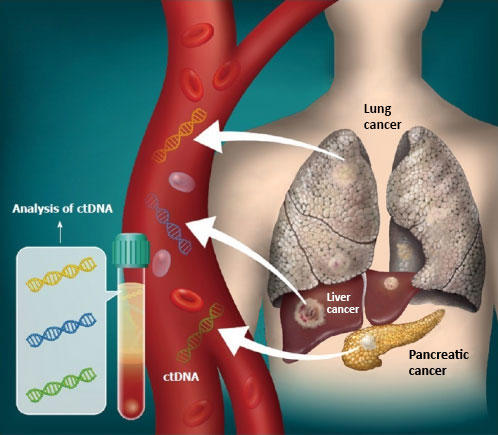More than 13,500 scientists who have worked on experiments at the Large Hadron Collider (LHC), based in Geneva, Switzerland, have been awarded the 2025 Breakthrough Prize in Fundamental Physics for "testing the modern theory of particle physics-the Standard Model-and other theories describing physics that might lie beyond it to high precision," according to the foundation's website . Among the recipients are several Caltech scientists making up part of the team behind the Compact Muon Solenoid (CMS) experiment, one of four key experiments at the LHC, which is operated by the European Organization for Nuclear Research, or CERN.
The LHC accelerates protons around a ring to nearly the speed of light. As the protons careen toward each other, a small fraction of them collides, creating new particles. In 2012, an international team of scientists and engineers, including a large contingent from the Caltech CMS team, led by Professor of Physics Harvey Newman and Shang-Yi Ch'en Professor of Physics Maria Spiropulu, announced that they had used the LHC to discover the long-sought Higgs boson , the fundamental particle that endows elementary particles with mass. The discovery, which confirmed the last missing piece of the Standard Model of particle physics, would later earn Peter Higgs and François Englert a 2013 Nobel Prize in Physics for theoretical work predicting the Higgs boson.
"This is an incredible, exciting moment," said Spiropulu in a 2012 Caltech news story about the finding. "Even these early results give us important hints as to how mass in the universe came to be. Together with hundreds of our colleagues, Caltech scientists have worked for decades to reach this point: building multiple generations of experiments; designing and building detectors to precisely measure photons, electrons, and muons, which are keys to the discovery; and inventing worldwide systems that empower thousands of physicists throughout the world to collaborate day and night, share and analyze the data, and develop the new techniques leading to this great result."
The Caltech team was among the first groups in the U.S. to join CMS at CERN in 1994, according to Newman. In a Caltech story about the 10th anniversary of the achievement, he called the discovery "a milestone in human history" that "has permanently changed the way we view the universe."
Referring to the recent Breakthrough Prize honor, Newman says that it "has been a privilege to work on CMS for the last three decades and to see our group at Caltech, including many graduate students and dozens of undergraduates, create, innovate, or advance many of the key elements and develop new approaches leading to the Higgs boson and other discoveries.
"From crystal detectors that work with precision in the hostile LHC environment to novel machine-learning/artificial-intelligence techniques to extract emerging signals from otherwise daunting backgrounds to a new class of systems with built-in intelligence that enables us to share and analyze data at sites around the world, and more, we have continued to break new ground," he says.
In addition to the Higgs boson discovery and related research elucidating how the Higgs field gives rise to mass, the Breakthrough Prize announcement cites other work from the LHC, including "probing extremely rare particle interactions, and exotic states of matter that existed in the first moments of the Universe; discovering more than 72 new hadrons and measuring subtle differences between matter and antimatter particles; and setting strong bounds on possibilities for new physics beyond the Standard Model, including dark matter, supersymmetry and hidden extra dimensions."
The foundation said that, after consulting with leaders of the LHC experiments, it will donate the prize money, worth $3 million, to the CERN & Society Foundation. The money will provide grants for doctoral students from member institutes to spend research time at CERN and give "the students experience working at the forefront of science and new expertise to bring back to their home countries and regions," according to the foundation.
The Caltech CMS group continues to work on next-generation detector technology for the High-Luminosity LHC, which is expected to start collecting data in 2030.
"Many undergraduates at Caltech have worked on the LHC research program at CMS in the physics data analysis, instrumentation, and computing tasks," Spiropulu says. "The work continues with the High-Luminosity LHC, for which Caltech has been pioneering, since 2012, the picosecond-timing ultra-precise novel detector amendment to the CMS experiment."
Says Newman, "We look forward with great anticipation, together with our colleagues at Caltech and elsewhere in high-energy physics, astrophysics, and cosmology, to continue to better understand our universe, and to the next round of discoveries in the years to come."
Two Caltech alums were also awarded New Horizons in Physics prizes from the Breakthrough Prize Foundation, which honor early-career achievements. Jeongwan Haah (PhD '13) was honored in the field of quantum information "for the discovery of Haah's code, in which fractal conservation laws emerge, and other models bringing discrete mathematical structures to physics," and Rebecca Hensen-Clem (PhD '17) was honored along with two other scientists, in the field of astronomy "for demonstrating new extreme adaptive optics techniques that will allow the direct detection of the smallest exoplanets."






